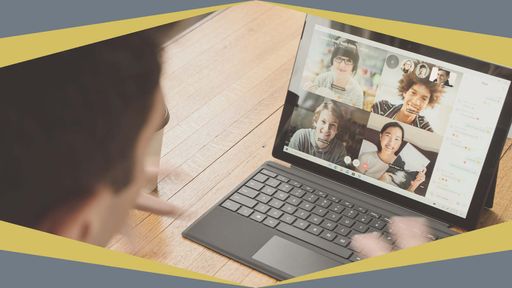The Best Home Office Equipment for Remote Work

by Hana LaRock

The list of remote work tools runs from Asana to Zoom. The average remote or hybrid employee can easily get wrapped up in choosing the best apps and platforms. But maybe the differences between learning Smartsheet hacks and Trello tips aren’t as critical to productivity and enjoyment as the right hardware and office furniture to work from home. Software can't function fully if your body and mind aren't prepared for the work-from-home workday.
Think about it this way: What’s more enjoyable—watching the Dallas Cowboys defeat the Minnesota Vikings on your phone while sitting on a metal folding chair or stretching out on a comfy couch in the living room to binge-watch SEC football on your 50-inch flat-screen? The difference between these two scenarios isn’t about choosing Netflix, Hulu, or HBO; it’s about choosing the best hardware. Picking a platform is barely half the battle. The other half depends on your setup.
The same applies to remote work. If you’re working from home, setting up a comfortable workstation (but not so comfortable that you want to nap) is high-level important. Many companies—for example, Shopify and Chegg—provided stipends for their remote workers to create a home office environment that’s conducive, productive, and still comfortable.
We've assembled a list of high quality, must-have equipment to create an ideal workspace for any remote work situation. After all, you spend the better part of your day working, so why not create home office design that allows you to do your best work.
1. A standing desk:
If the pandemic taught us anything, it was the impact of prolonged sitting. Sitting all day can be bad for your health and mentally draining, and if you’re working from home, you might be sitting more than usual. That’s not to say office workers are all getting a workout, but instead of walking over to your colleague’s desk or moving around from meeting to meeting, you might be confined to your desk for longer periods when working from home.
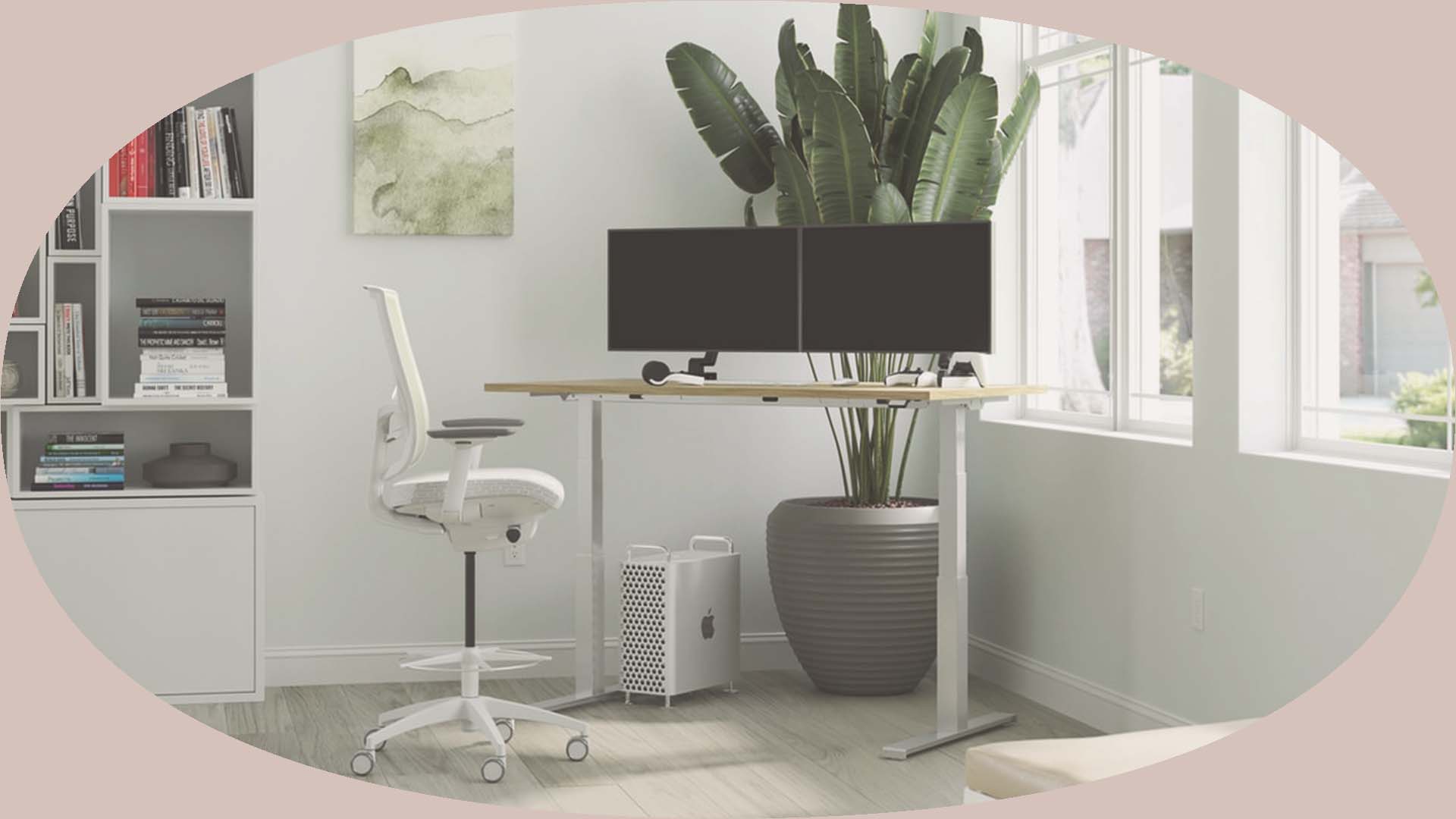
Using a height adjustable standing desk that can be positioned for sitting and standing, can help you feel more energized. The CTO of wrkfrce recommends the Flexispot Pro Series, which boasts an all-electric control panel with three memory height presets and an optional sustainable all-natural bamboo surface. Or you can try a standing rolling desk that you can easily move from room to room. This is great for the remote worker who needs to get to another room quickly if something unexpected happens during a meeting, if you’re just itching for that freshly brewed coffee in the kitchen while you’re on a call, or if you just want a change of scenery.
A lift-top coffee table is also a good option. Though it’s not an actual desk, it’s perfect for on-the-clock lunch breaks and other living room excursions during the workday. Just make sure you’re out of video range when you scarf down that sandwich!
Finally, there’s the lap desk. Although it’s healthier for remote workers to get up and move around as much as possible, this mobile choice gives you the ability to work from your bed or couch, especially if you’re having just “one of those days.”
2. A laptop stand:
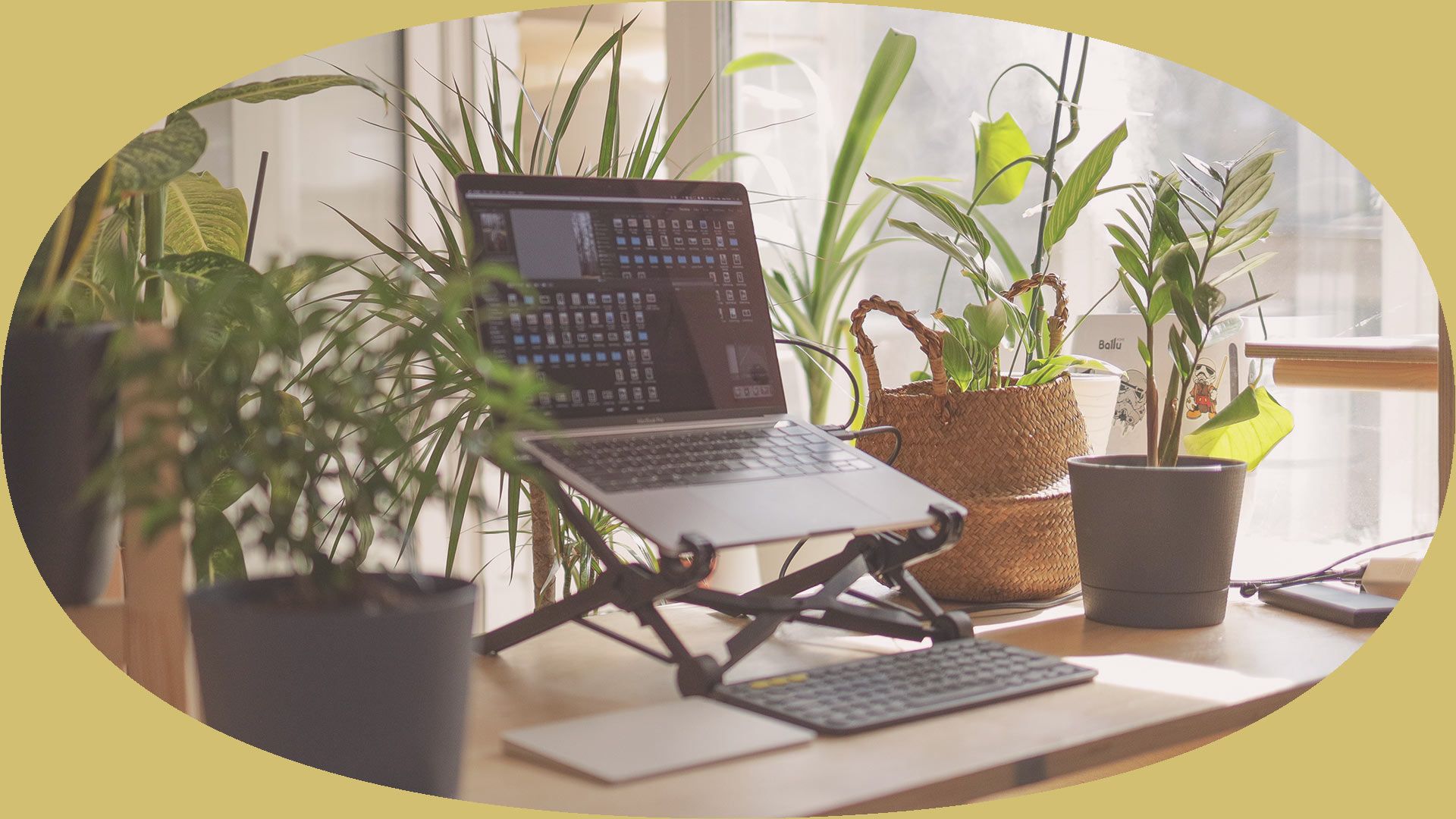
To achieve an ergonomic setup, you might have to give your laptop a little lift off your desk. But you can do better than stacking a pile of books beneath it. An inexpensive and worthwhile investment can be a laptop stand that consistently (and steadily) holds your laptop at a more comfortable height and angle. wrkfrce CEO Jesse Chambers, who spends much of his time working from an RV, swears by the value of his laptop stand.
There are also laptop cooling pads and stands that help keep your device cool rather than blocking all the airflow and potentially overheating it.
3. A comfortable desk chair:
No matter where you're working, sitting all day can be a literal pain in the butt and a true danger to your health. A comfortable desk chair that allows you to be in an ergonomic position can go a long way toward getting more work done and improving your mental and physical health at the same time.
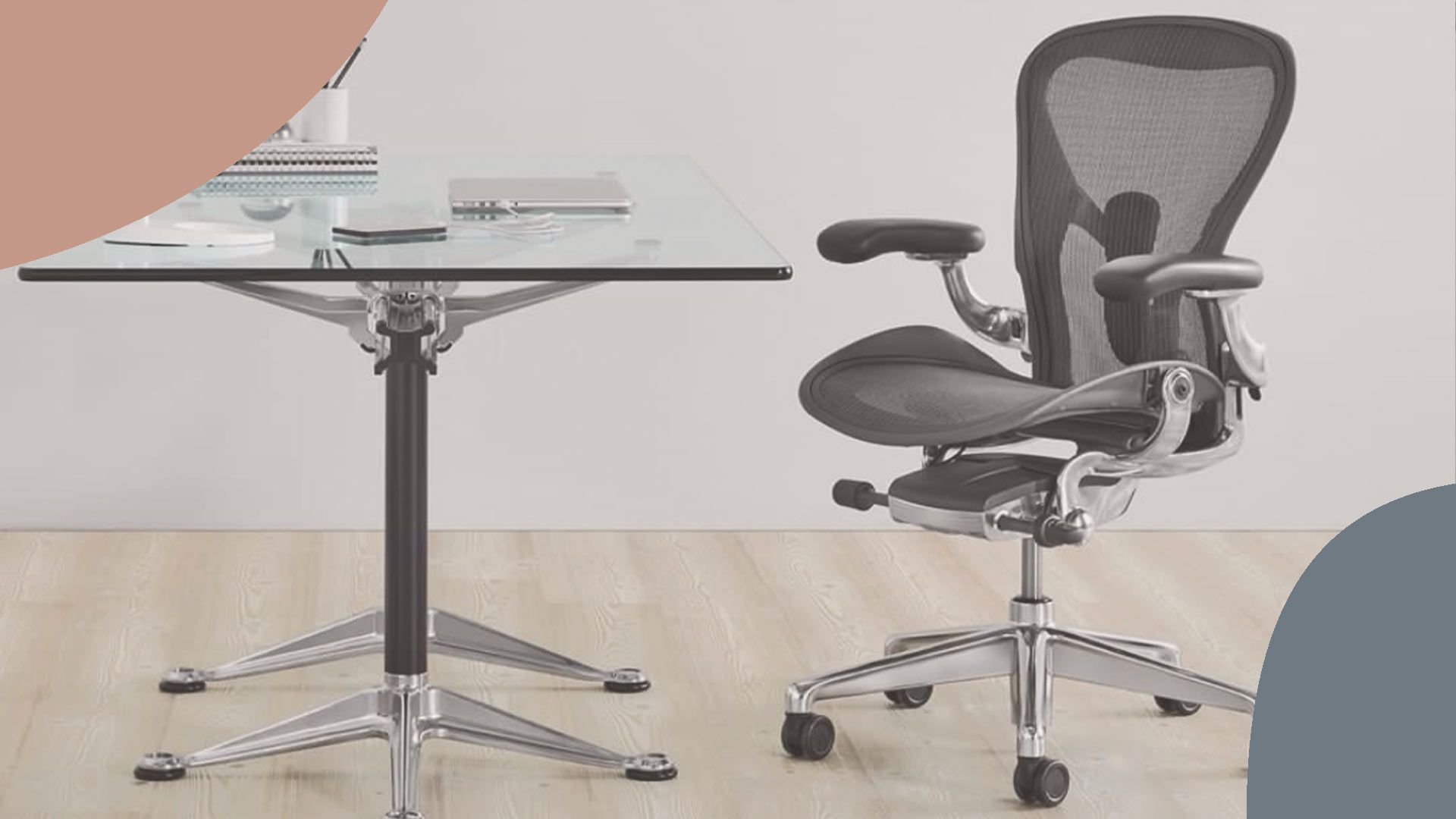
Comfort and affordability mean different things to different people, so shop around to find what works for you. Charity thrift shops and salvage stores in your area are a great place to start. Buying a used Aeron chair could be an option if you live in an area with a used office equipment warehouse. Otherwise, to get more bang for your buck, design your own chair from a store like IKEA (keep in mind, though, that the options—not to mention the instructions—may be a bit overwhelming). And, don't forget the value of a Costco membership. The big box retail warehouse has ergonomic office chairs for every budget.
4. Noise-canceling devices:
If your home workstation is surrounded by a higher decibel level than white noise can cover up (we’re talking to you, parents and dog owners), you might need something stronger. Noise-canceling headphones should do the trick, and you can use them in tandem with a white-noise playlist for an even stronger effect. Bose has a great line—you can go wired or wireless, depending on whether your computer has a port for headphones (though you can get an adapter). You can also try the Sony WH-1000XM4 Wireless Bundle or Apple’s AirPods, and AirPods Pro which both come with voice assistance. All these noise-canceling headphones can be used for videoconferences as well, which is a great bonus.
If wearing large headphones all day is not really your idea of comfort, then you can try soundproofing your office, which adds an extra layer of security. Any acoustic insulation boards will do, but you can try these from Home Depot.
If you are really serious about blocking out noise, consider these acoustic foam panels for studio sound installation.
5. A second screen:
If you’re on your laptop at home you know that looking at a Zoom screen while trying to discuss data from a spreadsheet can be another form of torture.
Investing in an external monitor can help you work more efficiently. Our managing editor loves this 32-inch full HD display screen from LG, while a more affordable option might be a screen from HP. You could even turn your TV into a second screen via an HDMI cable or by extending your screen with AirPlay for Apple devices.
If you’re feeling really bold (and don’t mind working from the couch), you can invest in a projector, like the DBPOWER, to display your computer screen on the wall nice and big. It’s also a great two-in-one option for when work is done and it’s time for some Netflix and chill.
Lastly, a portable monitor is ideal for days when you need to go to the office or when you want to get out of the house and work at a café, a park, or a friend’s place. It’s lightweight and works just like a regular monitor.
6. A high-quality webcam:
Your computer’s built-in camera may have cut it in the past for infrequent video calls, but if you’re Zoom-ing on a regular basis now, you’ll want a first-rate webcam that puts you in your best professional light (pun intended). But you don’t have to turn your dining room into a movie studio. The Logitech StreamCam, for example, can be a great option for achieving high-quality video on small devices.
Speaking of webcams, if you work in a video-dependent field like sales or education, it may be worthwhile for you to invest in a green screen so you can change your background as needed or the Webaround, which attaches right to your chair. Some people also attach an iPad to their workstation to use as a webcam.
7. A great microphone:
Just like you need a quality webcam for your colleagues to see you better, you need a quality microphone so they can reliably and clearly hear you. If you’re doing any creative work like podcasting or video voice-overs, a high-caliber microphone is a must. Instead of relying on your computer’s built-in mic, consider using one that plugs into a USB port, such as the Yeti from Blue or the PodMic from Røde.
8. A white-noise machine:
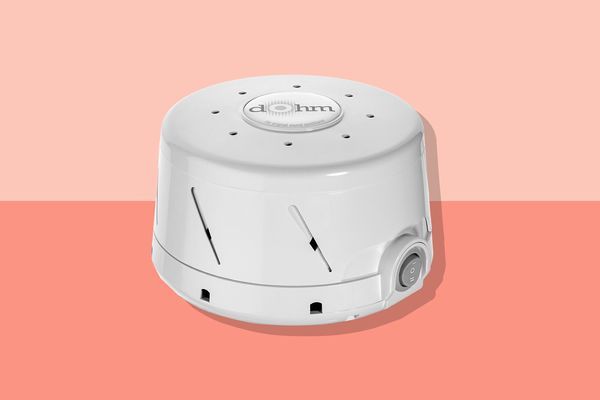
Whether you have loud neighbors, live with talkative roommates, or just prefer to have some light background noise when you’re working, a white noise machine can help drown out external sounds and internal thoughts so you can focus. You can access white noise sounds from a device like Alexa, use a white noise playlist on Spotify, or buy a separate white-noise machine for advanced quality.
9. An ergonomic keyboard:
To go along with the ergonomics of your desk and chair, you need a keyboard that’s going to keep you on your toes—or, rather, on your fingers. Using the built-in keyboard on your laptop could cause strain as you reach forward all day, so consider a separate wireless keyboard like one from Logitech. Or you can stick a gummy silicone keyboard atop your laptop’s or desktop’s keyboard, which will help your fingers feel limber when typing all day.
10. Blue-light glasses:
If you’re staring at your computer all day, especially if you’re on video calls to the point where you feel your eyes are begging for a nap, consider using glasses that help filter the blue light that electronic devices emit. These glasses can help reduce eyestrain, particularly if the end of your workday transitions into several hours of scrolling through Instagram and watching TV.

Many computers come with a blue-light filter you can turn on, or you can buy a blue-light screen to put over your computer screen, like the one from Ocushield. Others may prefer to go all in and get actual blue-light glasses. Gunnar Optiks offers some of the highest-quality pairs, or, if you’re on camera a lot, you might prefer to be a little more fashion-forward and consider something from Felix Gray.
If you already wear glasses, you can ask your optometrist to add a blue-light filter to your lenses when you fill your next prescription.
Your workstation is your jobsite every day, even if you simply cross the hall to get there, so it’s important to have what you need to work well and be comfortable. One of the perks of working from home is that you get more input on the look and feel of your office, so take advantage of that by giving yourself options to work from different rooms and making the right choices and investments that will optimize your environment—especially if you’re going to be staying in it a while longer.


